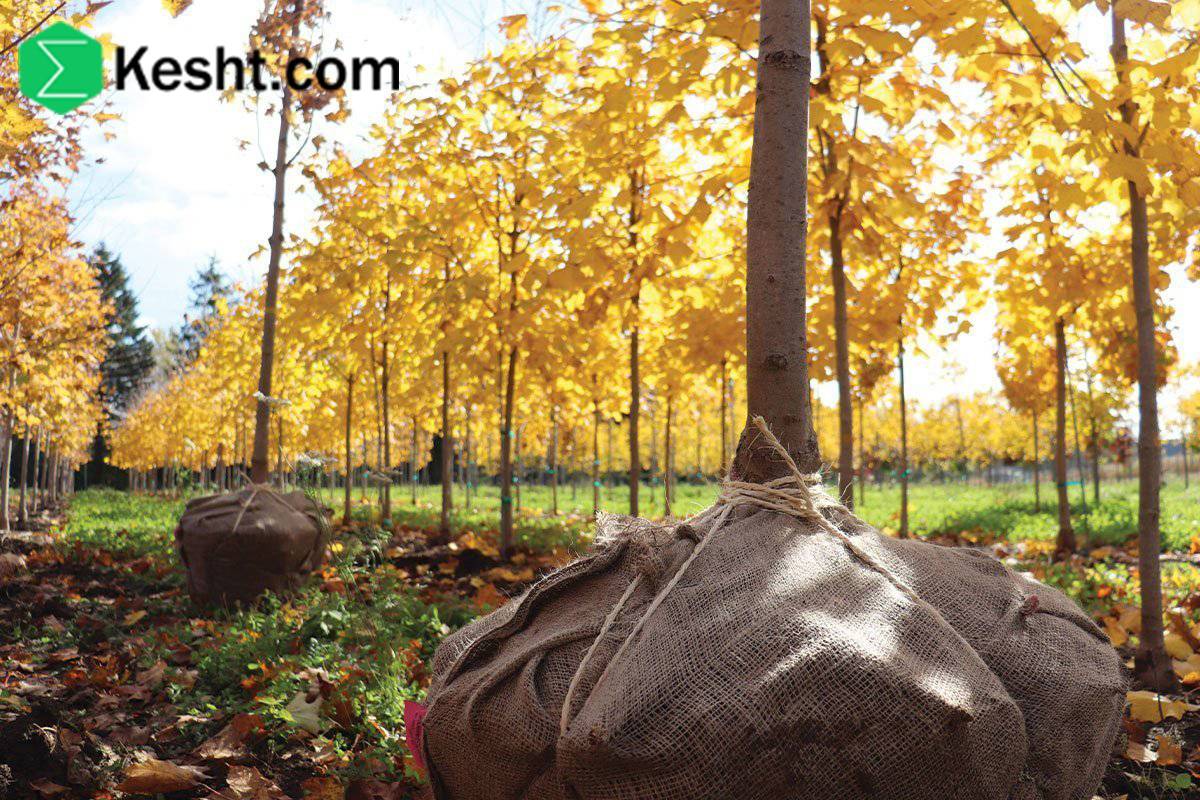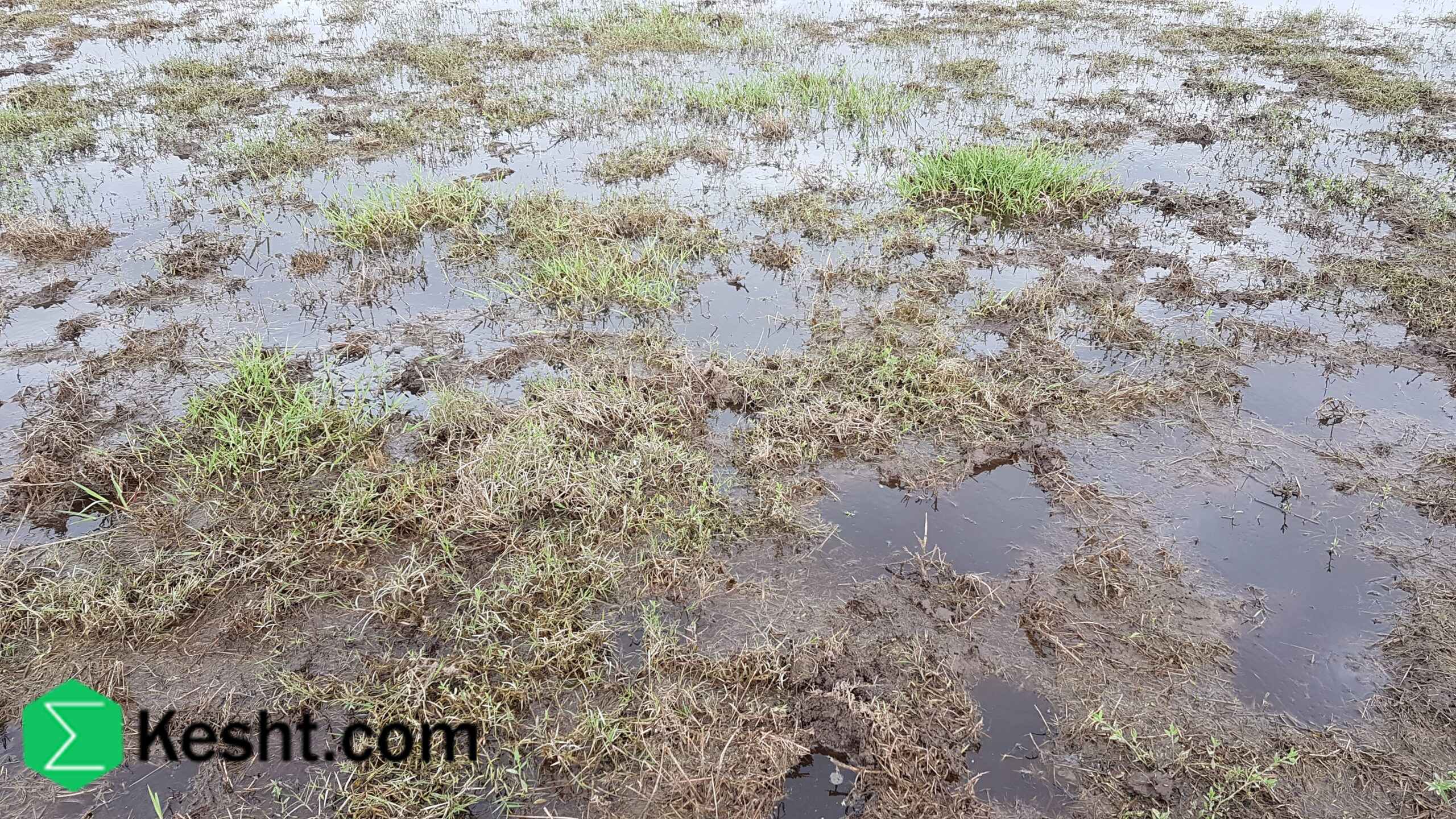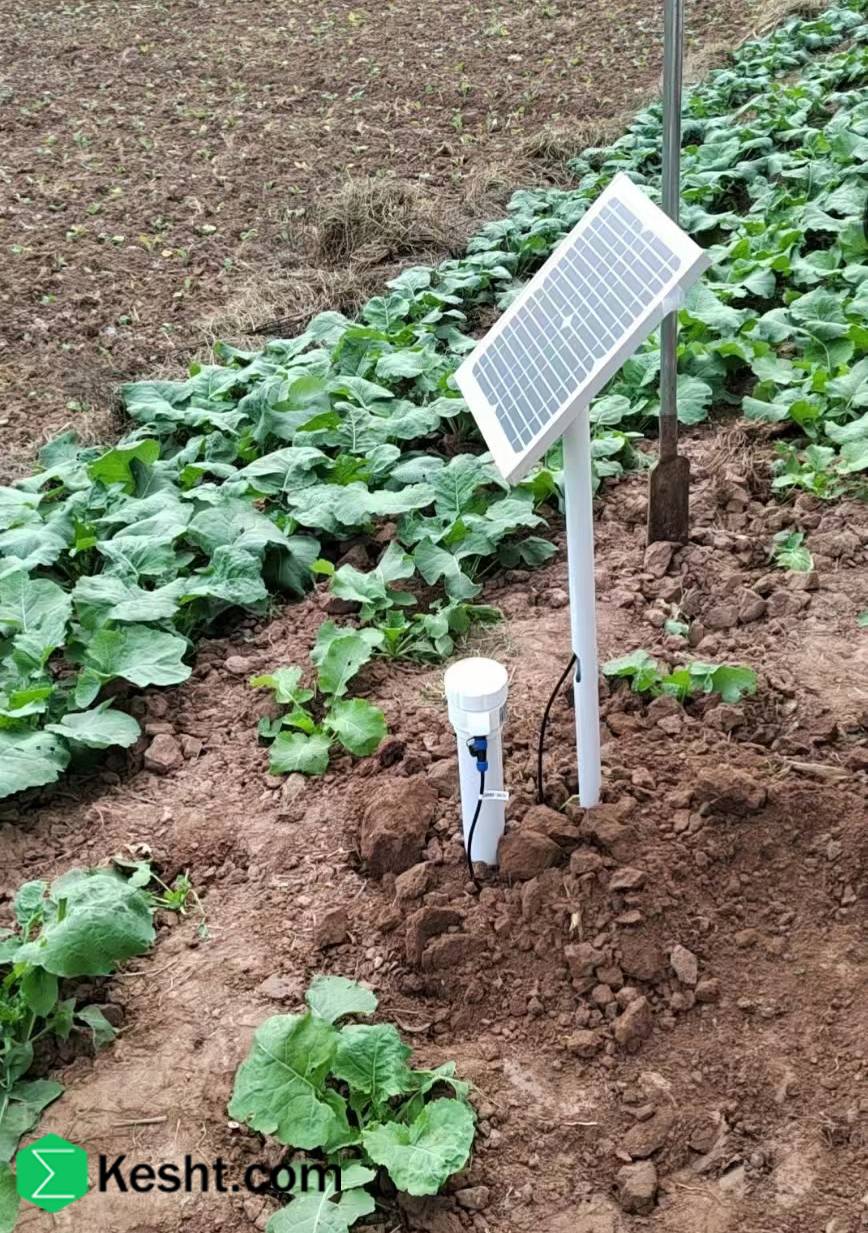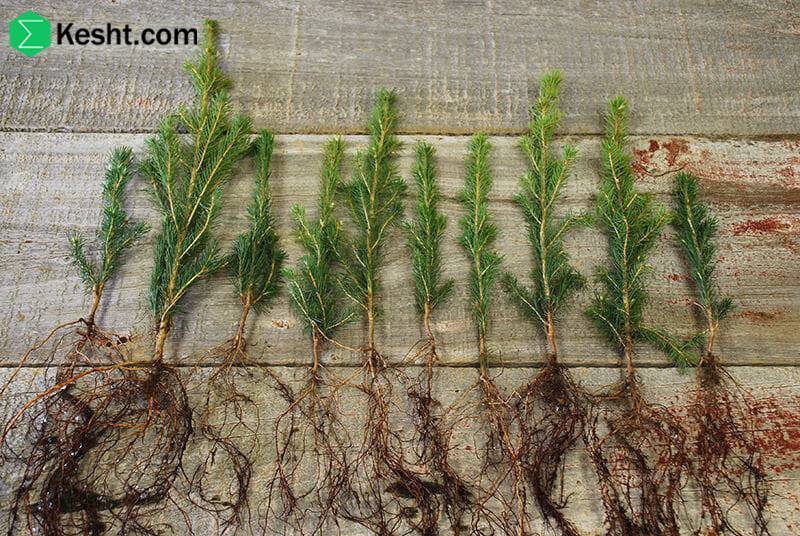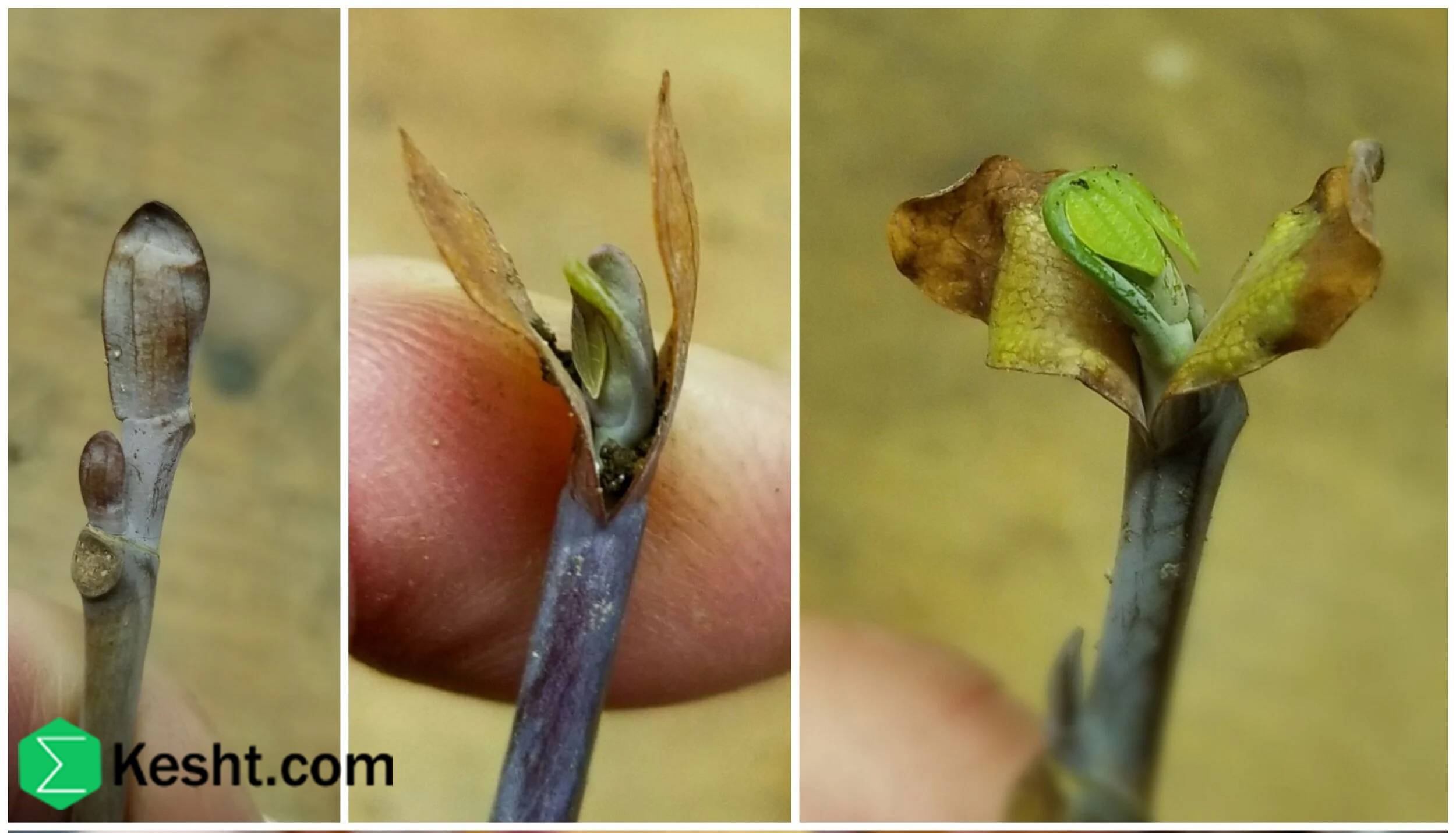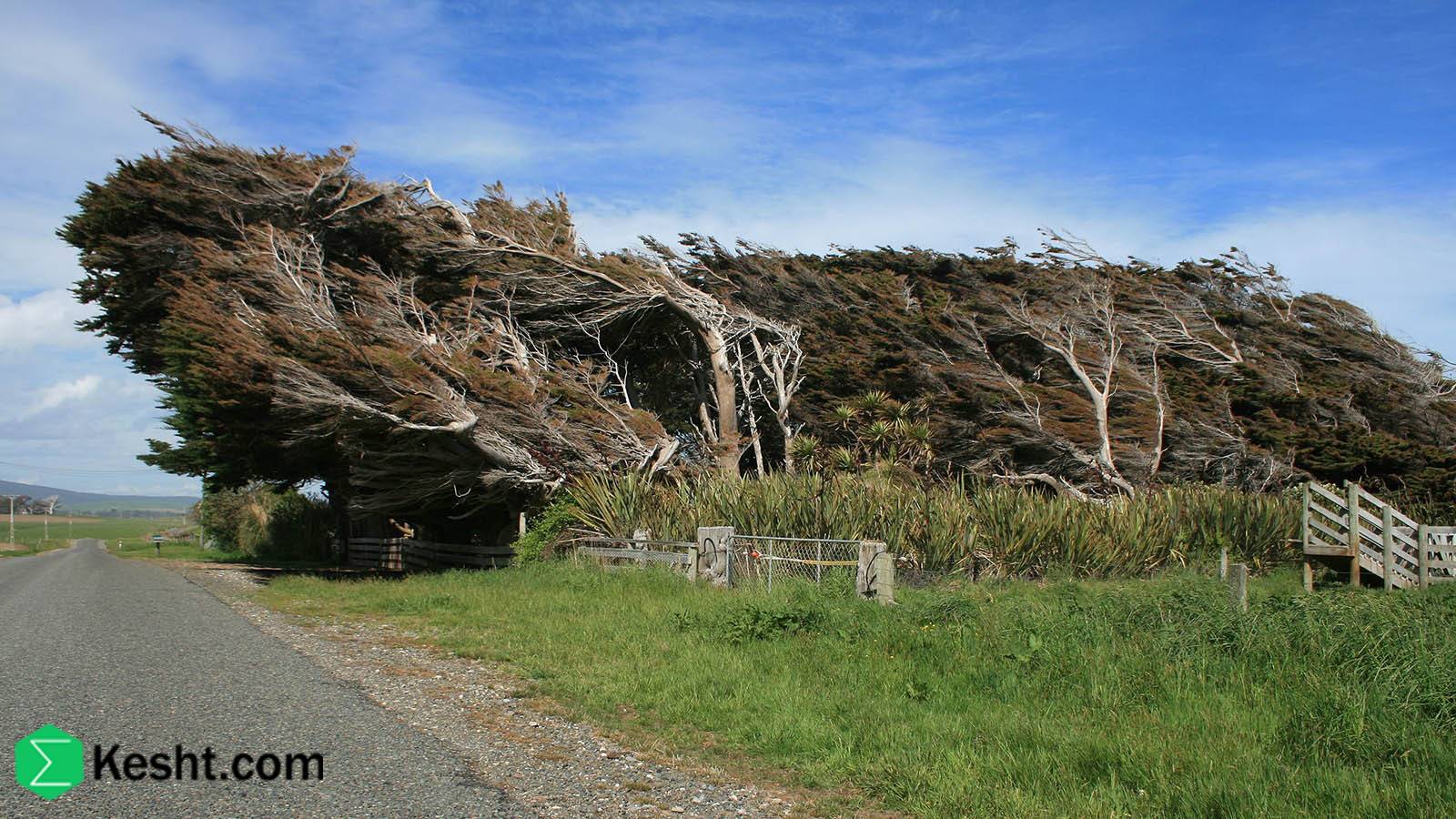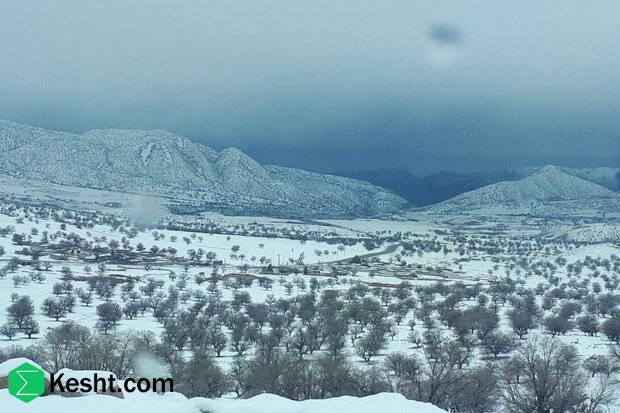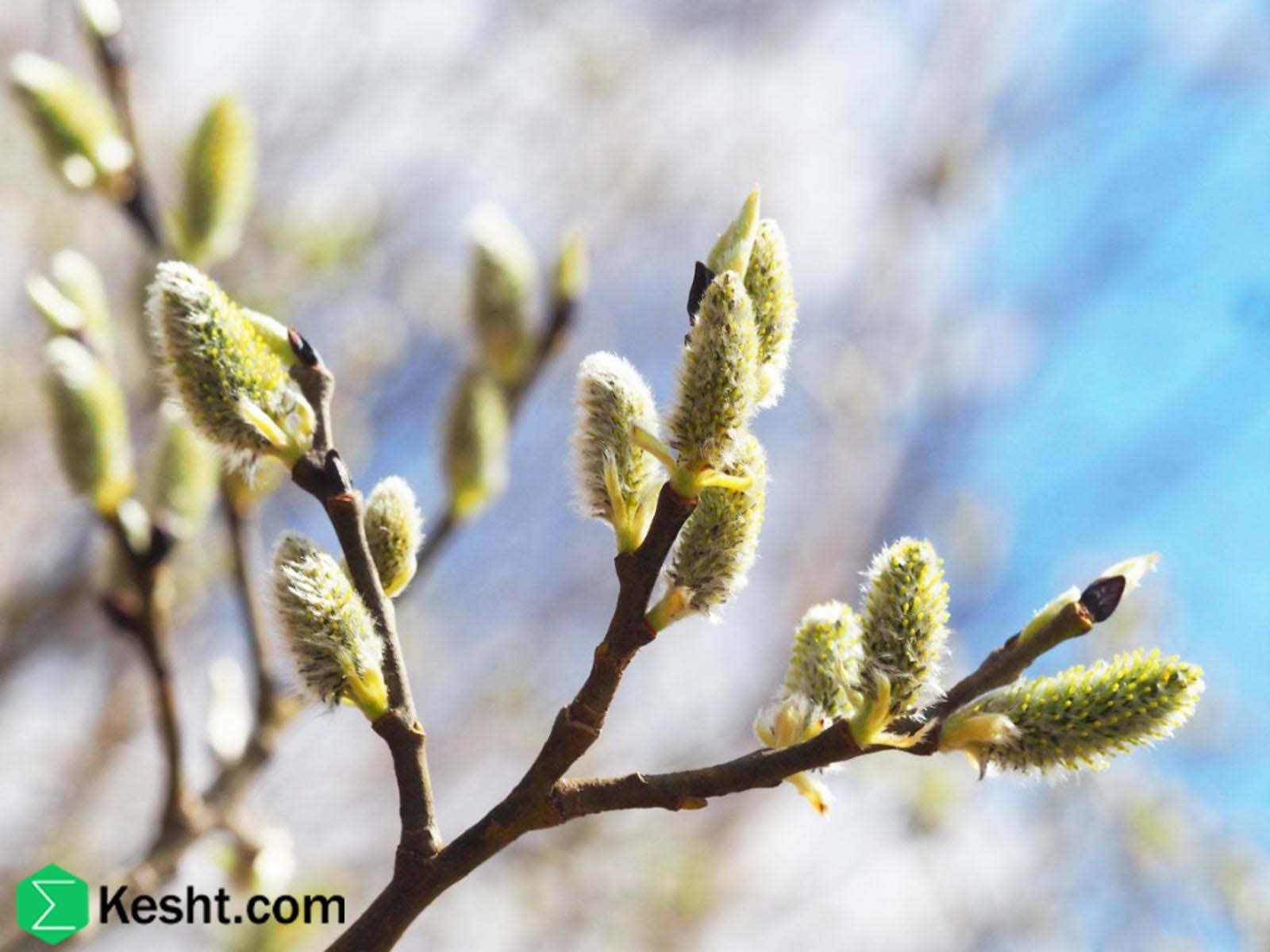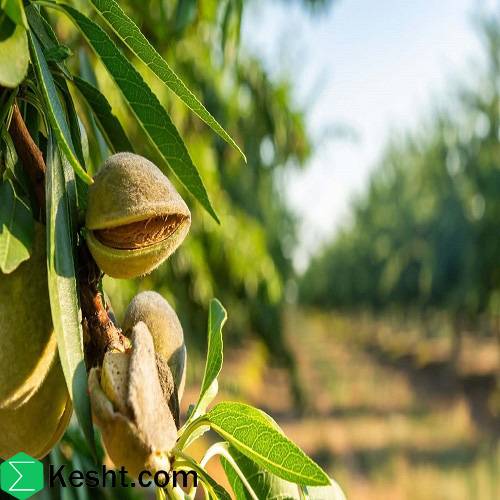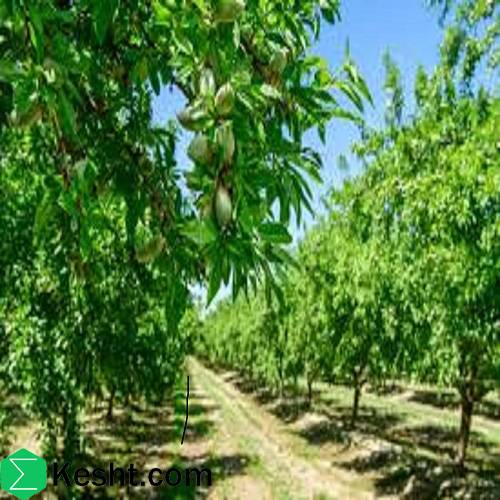Fall Planting in Nurseries — A Complete, Structured, and Practical Guide
I will explain “fall planting” (paeizeh-kari) for nurseries in a complete, structured, and practical way, including definitions, advantages, disadvantages, conditions for implementation, suitable species, execution methods, and management strategies. This topic is crucial for nursery managers, orchardists, and urban green-space managers.
Fall planting is one of the key techniques in sustainable agriculture and professional horticulture that is often overlooked. Done right, it offers unique benefits that can greatly improve productivity and success.
Fall planting — the art of planting in the golden season
Definition of fall planting
Fall planting refers to planting saplings in autumn—after leaf drop and before the onset of deep winter dormancy. Depending on the region, this window typically runs from mid-Mehr to early Dey. The idea is that the plant begins part of its growth cycle before winter, endures the cold period, and then continues growing the following spring.
This method mirrors the natural cycle of many temperate native plants. In nature, many species drop seeds in autumn; they overwinter in the soil and germinate in spring.
Goal: Leverage favorable autumn conditions (moderate temperatures, adequate moisture, lower evaporation) to promote root establishment before winter.
Difference from spring planting:
- Fall planting: Rooting in autumn → ready for vigorous spring growth.
- Spring planting: Rooting and budbreak occur simultaneously → more stress.
Advantages of fall planting
- Advantage 1 → Rooting opportunity before winter
- Autumn soil temperatures (10–15°C) are ideal for root growth.
- By winter, the sapling forms an initial root network → stronger aboveground growth in spring.
- Advantage 2 → Lower transplant stress
- Plant metabolic activity is low → better tolerance of handling and transplanting.
- With leaves shed, transpiration is minimal → lower water demand.
- Advantage 3 → Use of autumn rainfall
- Less need for irrigation — saves cost and labor.
- Advantage 4 → Earlier spring growth
- Fall-planted saplings break bud 2–4 weeks earlier than spring-planted ones — because roots are ready.
- Advantage 5 → Ideal for bare-root stock
- Bare-root saplings are planted only during dormancy (autumn and winter) — autumn is the golden window.
Disadvantages and challenges of fall planting
- Challenge 1 → Risk of early hard frosts
- If planted too early and subzero temperatures arrive soon after → young roots may freeze.
- Challenge 2 → Root rot in wet soils
- Heavy autumn rains + poor drainage → saturated soil → collar/root rot.
- Challenge 3 → Animal damage (rabbits, mice, deer)
- In winter, animals chew bark and shoots — especially in forested areas.
- Challenge 4 → Wind rock or ice pressure
- If roots have not anchored well → saplings are vulnerable to wind rock and ice pressure.
- Challenge 5 → Lack of winter monitoring
- Nurseries often skip winter inspections → issues (desiccation, breakage) are caught late.
Best timing for fall planting — by region
| Region | Suitable fall-planting window | Soil temperature at 20 cm |
| North (Gilan, Mazandaran) | Aban — early Azar | 12–18°C |
| Central (Isfahan, Yazd) | Mehr — Aban | 15–20°C |
| West (Hamedan, Kermanshah) | Aban — early Azar | 10–15°C |
| South (Fars, Hormozgan) | Azar — Dey | 18–25°C |
| Mountainous (Ardabil, Semnan) | Mehr — early Aban | 8–12°C |
Golden rule:
“Plant at least 4–6 weeks before the first severe frost so roots have time to establish.”
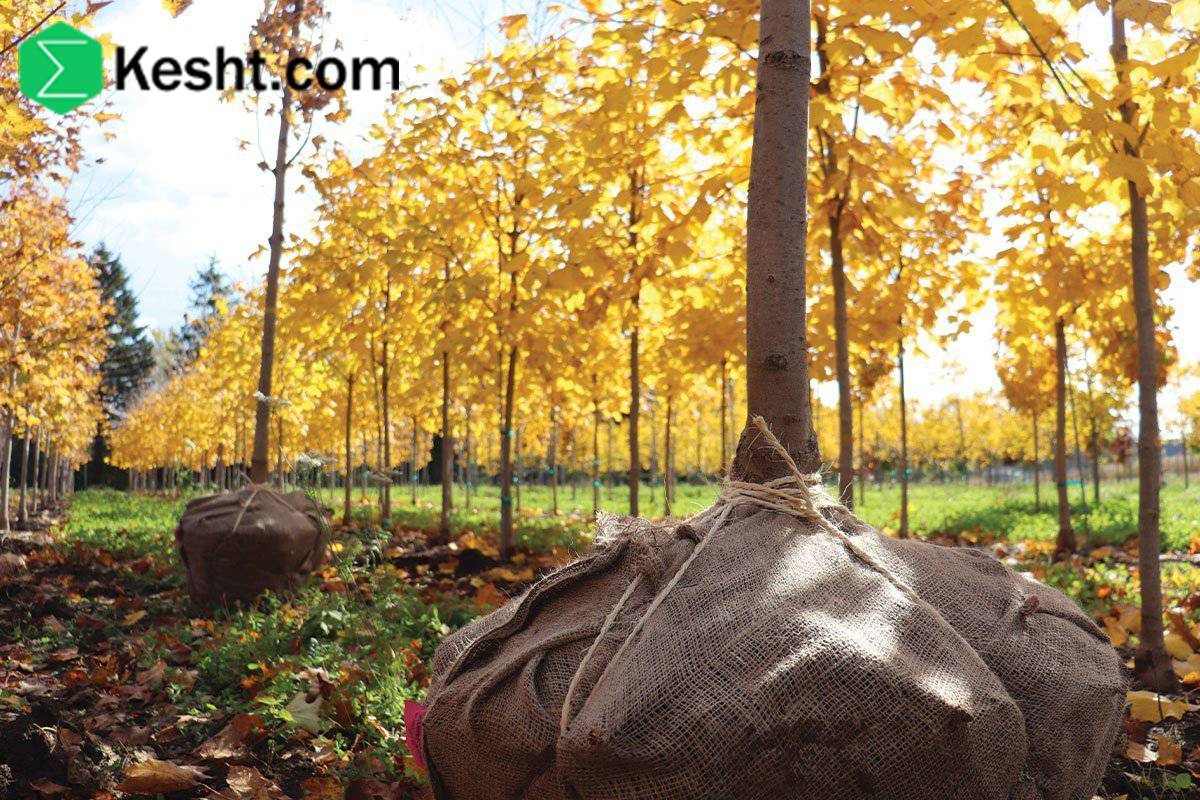
Species suitable for fall planting
Highly suitable:
a) Field crops (fall-sown)
- Cereals: winter wheat, winter barley, rye
- Legumes: chickpea, lentil, vetch
- Oilseeds: canola (rapeseed)
- Forages: alfalfa, clover
b) Fall vegetables
- Leafy greens: spinach, lettuce, cabbage
- Root vegetables: carrot, turnip, beet
- Alliums: garlic, onion, leek
- Brassicas: broccoli, cauliflower, kohlrabi
c) Fall ornamentals
- Bulbs: tulip, narcissus, iris, hyacinth
- Cool-season annuals: pansy, primrose, stocks
- Biennials: carnation (Dianthus), verbena
d) Trees and shrubs
- Deciduous fruit saplings
- Ornamental trees
- Hedges and ornamental shrubs
- Walnut — best planted in fall
- Almond — strong fall rooting
- Apple and pear — with suitable rootstocks
- Mulberry — high cold tolerance
- Pine and cypress — in temperate regions
Less suitable or higher risk:
- Peach and cherry — prone to collar rot in wet autumn soils
- Citrus — unsuitable in cold regions
- Cold-sensitive saplings (e.g., fig; olive in cold areas) — only in mild autumns
Proper fall planting — step by step
- Step 1 → Choose the right time
- After leaf drop — before severe cold.
- Soil temperature at 20 cm at least 8–10°C.
- Step 2 → Prepare the planting pit
- Size: 50–70 cm deep and wide (depending on sapling size).
- Mix excavated soil with well-rotted organic matter (about 3:1 soil:compost).
- Step 3 → Plant the sapling
- Set the root collar exactly at soil level.
- Tease roots outward — do not bend or coil them.
- Backfill in layers and firm gently — neither too tight nor too loose.
- Step 4 → Initial irrigation
- Apply a thorough settling irrigation immediately after planting — even if the soil is moist.
- Goal: Remove air pockets — ensure full root–soil contact.
- Step 5 → Mulching
- Apply a 10–15 cm layer of straw or leaf mold — keep a 10 cm gap from the stem.
- Prevents surface freezing and conserves moisture.
- Step 6 → Animal protection
- Guard the stem with wire mesh or plastic tree guards — 60–80 cm high.
- In high-pressure areas, use mesh cages as exclosures.
- Step 7 → Staking (if needed)
- In windy sites, stake the sapling with a soft, elastic tie.
Management strategies for successful fall planting
- Strategy 1 → Weather planning
- Record the region’s historical last frost date.
- Use weather apps to anticipate early cold spells.
- Strategy 2 → Improve drainage
- In heavy soils, install drains or plant on raised mounds.
- Avoid forming “basins” that hold water around the trunk.
- Strategy 3 → Select healthy saplings
- Roots should be white and well-branched, with no foul smell.
- Stems free of wounds or lesions.
- Strategy 4 → Autumn and winter monitoring
- Inspect monthly in winter — check for wind rock, breakage, gnawing.
- If soil is dry, apply one deep winter irrigation (before severe frost).
- Strategy 5 → Recordkeeping
- Log planting date, species/cultivar, exact location — for follow-up.
Fall vs. spring planting — comparison
| Criterion | Fall planting | Spring planting |
| Planting window | Mehr–Azar | Esfand–Farvardin |
| Rooting | Before winter — more time | Concurrent with budbreak — more stress |
| Water demand | Low (rain + low evaporation) | High (warmer + higher evaporation) |
| Spring growth | Earlier and stronger | Later and slower |
| Frost risk | If planted too early (autumn frosts) | Risk from late spring frosts |
| Best suited for | Walnut, almond, pine | Most species — especially cold-sensitive ones |
Consequences of mistakes in fall planting
| Mistake | Outcome |
| Planting too early (before leaf drop) | Premature bud activity → cold injury |
| Planting too late (near first frost) | Poor rooting → wind rock or mortality |
| Planting too deep (collar below soil) | Collar rot over winter |
| No mulch | Surface freezing → death of surface roots |
| No animal protection | Bark gnawing → sapling death |
Conclusion
If done carefully and with planning, fall planting is the best time to plant saplings — not just an option, but a golden opportunity.
- Core advantage: Quiet autumn rooting → explosive spring growth.
- Keys to success: Precise timing + correct planting technique + winter protection.
- Main risks: Early cold snaps and root/collar rot — manageable with proper planning.
Final practical recommendations:
Determine your local first severe frost date — start planting 6 weeks before it
Set the root collar of every sapling exactly at soil level
Mulch around each sapling — but keep a 10 cm mulch-free ring around the stem
Use animal guards — even if you think the risk is low
